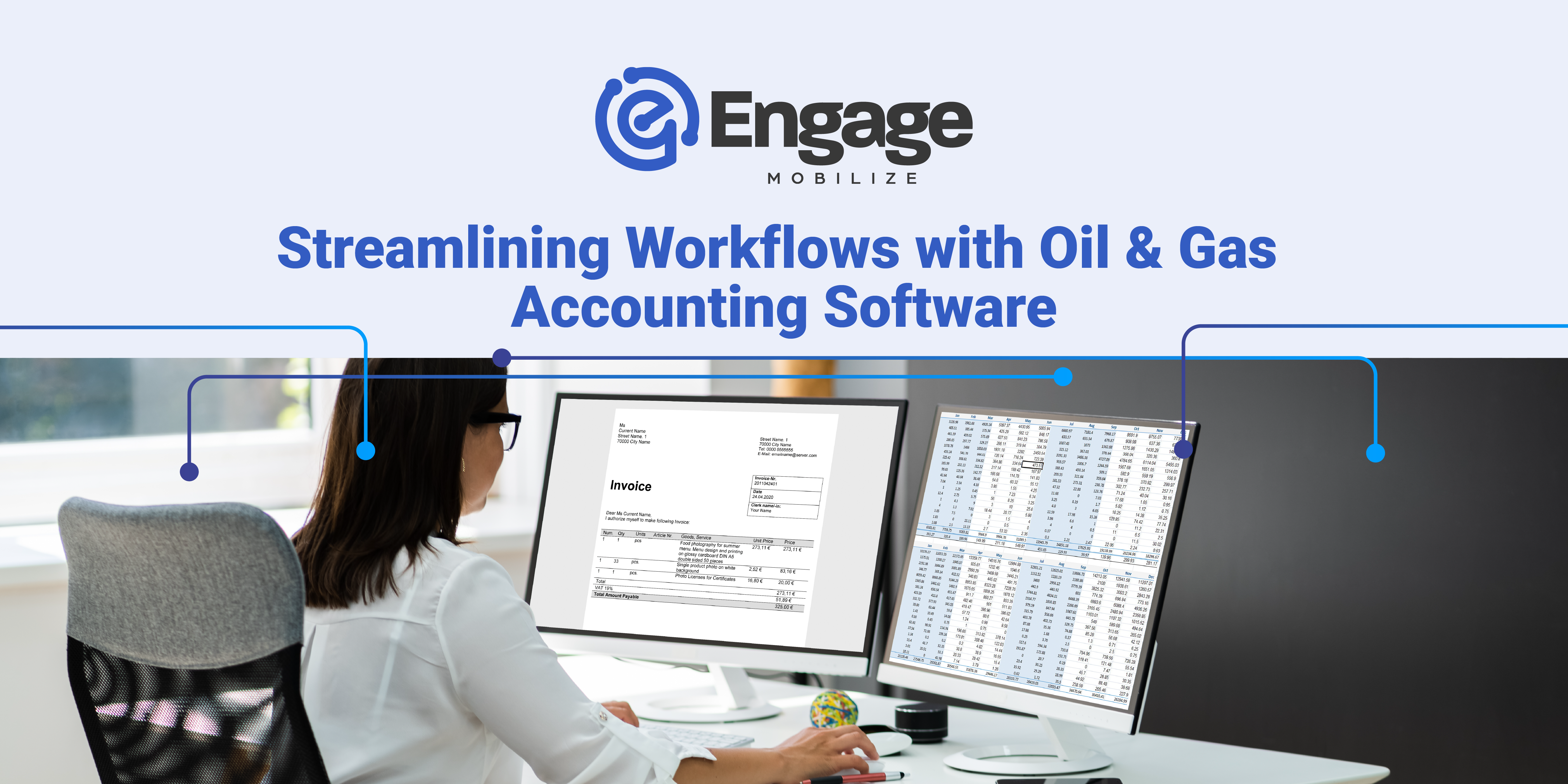The Importance of ERP Integration with Oil & Gas Software
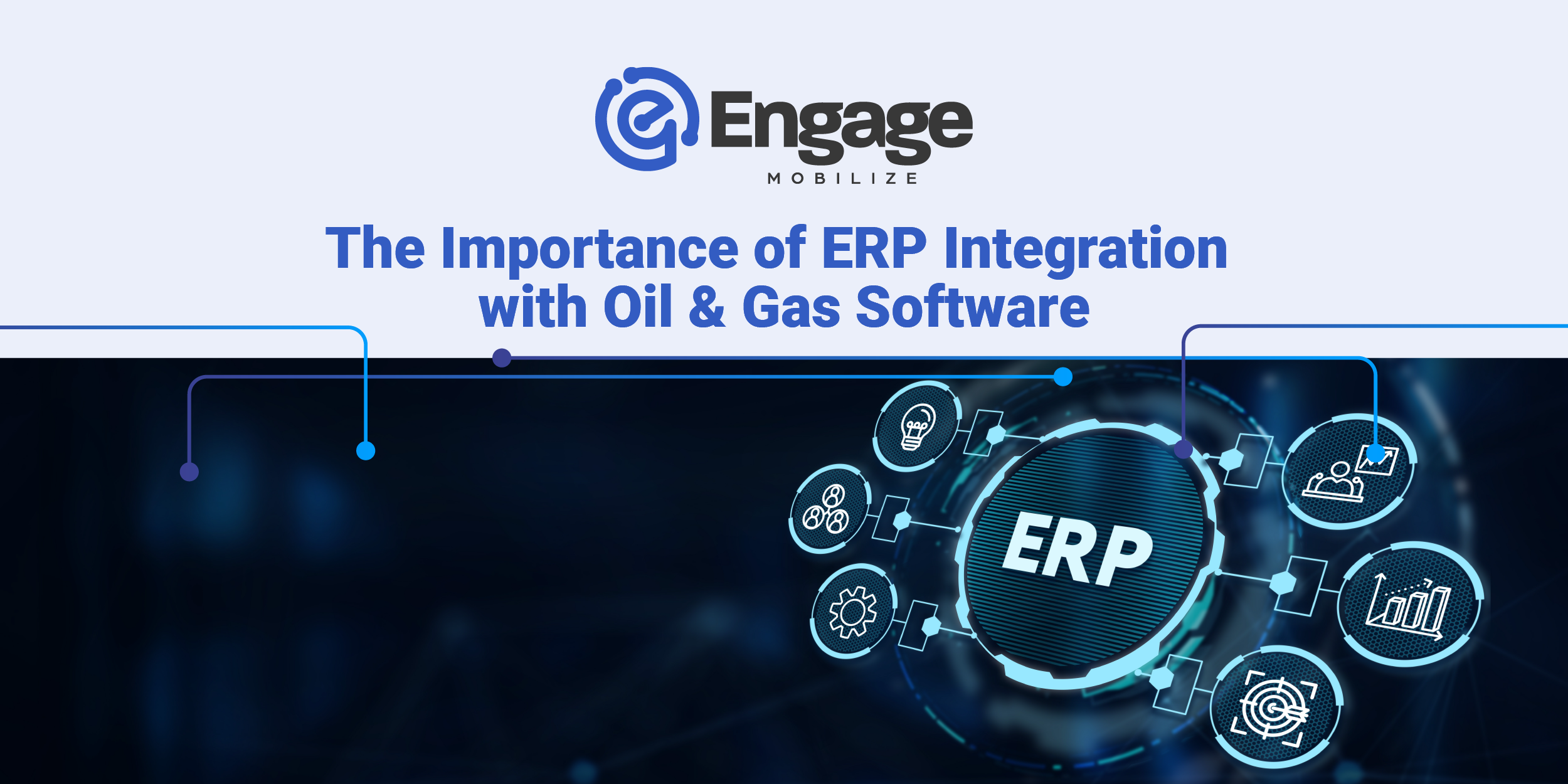
Among the best things about electronic field ticketing solutions and SaaS automation is it eliminates paper tickets and manual field processes, delivering improvements in operational efficiencies, cost savings and greater transparency into field operations. Additionally, SaaS solutions are always up to date and can scale up, or even down, over the lifecycle of an oil and gas asset.
An electronic field ticketing software solution like Engage Mobilize E-Ticketing, for example, provides immediate benefits to operations by helping personnel at both the operator and oilfield service company work more efficiently. However, the data generated from E-Ticketing can deliver even more efficiencies for accounting, finance, joint interest billing (JIB), and the C-suite if properly integrated with a company’s Enterprise Resource Planning (ERP) tools.
Therein lies both the challenge and the opportunity. Unfortunately, many ERP tools fall short in one critical area — they lack comprehensive, seamless multi-platform integration with department-level systems.
What is ERP Integration?
ERP systems are generally designed to help you manage day-to-day business activities. They were originally developed as a back-end solution to track, collect, organize and distribute data to and from multiple functional departments based on their role in the overall workflow. Basically, ERP systems are intended to streamline workflows and processes across the organization.
For example, suppose a well has been approved for drilling. In that case, it initiates a workflow beginning with an authorization for expenditure (AFE). This AFE then moves to permitting, obtaining rights of way, confirming title to minerals ownership, site construction, scheduling, drilling and completion crews, eventually turning it over to the production department.
These events trigger various needs, including ordering equipment, securing a drilling contractor, scheduling oilfield service companies, gaining working interest approval and more. An ERP system can coordinate the activities of stakeholders in every department to get the job done.
Once the well is turned over to production, the asset accounting moves from capital to a lease operating expense; the AFE is closed and a cost center is created. At this point, the well is subject to an entirely new set of workflows, from water hauling, oil hauling, natural gas marketing, joint interest billing, LDAR inspections, AVO inspections and more.
Each one of these processes may use a manual process or department level application to manage activities. Suppose they are not integrated into the organization’s ERP system. In that case, the company is vulnerable to inefficiencies and potentially expensive delays resulting from untimely permitting or inefficient scheduling of oilfield services.
According to one survey, 91% of companies can’t keep on top of supply chain management. One-fourth of all businesses still rely on manual processes to manage the bulk of core warehousing operations.
The only real solution is enterprise-wide ERP integration.
Integrating your departmental automated systems, such as E-Ticketing for fluids hauling, allows you to link front and back-end processes into a seamless configuration by synchronizing ERP software with all other critical business applications.
Software modules can be created to allow your ERP platform to meld seamlessly with the following:
- Crude Oil Marketing
- Revenue Accounting
- Accounts Payable
- Joint Interest Billing
- Business Intelligence (BI) software
- Drilling, Production Engineering and Operations
Robust, integrated ERP systems offer a clean exchange of information at all levels. This supports transparency and real-time sharing from department to department, as well as communication among end users, vendors, and other third-party stakeholders.
How ERP Integration Works
Whether you work in drilling, production, accounting, finance, or are on the oilfield service side, synchronizing your core internal and third-party applications is critical to gain a clear, accurate picture of production costs, workflows, and revenue streams.
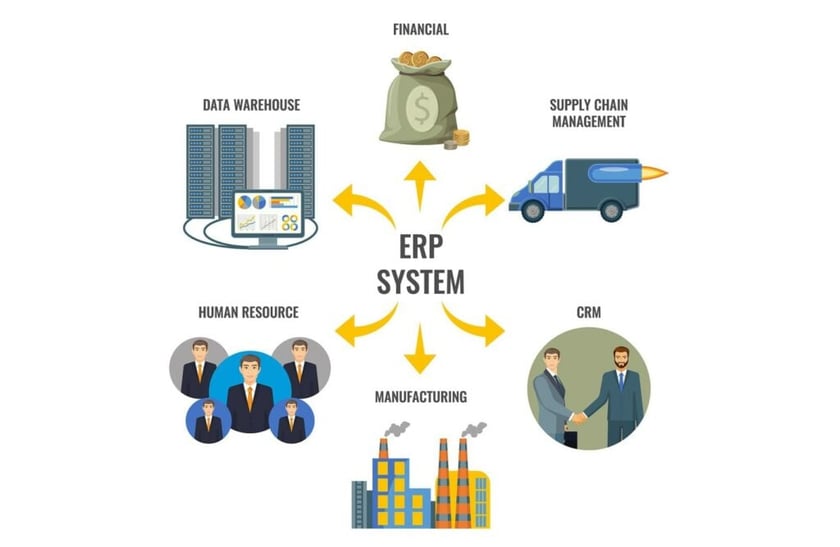 Enterprise resource planning integration allows data generated from all applications to be stored, analyzed, and disseminated from one central database. This creates one source of truth for the entire organization, reducing redundancies and improving data quality for accruals, operational analysis and strategic planning.
Enterprise resource planning integration allows data generated from all applications to be stored, analyzed, and disseminated from one central database. This creates one source of truth for the entire organization, reducing redundancies and improving data quality for accruals, operational analysis and strategic planning.
An open architecture API allows you to customize data feeds to the unique needs of each department without the time-consuming task of manual data sharing or compiling reports on different platforms and waiting for results.
Think of your ERP integration as a set of building blocks. The ERP is the foundation, with API modules added strategically to create a custom tech stack to deliver the information each functional stakeholder in a workflow needs to work efficiently and effectively.
The most common integrations are:
Native integrations. These are also known as vendor-built integration platforms, mainly in eCommerce. They’re used for widespread or common use cases where only basic levels of functionality and coordination are needed.
Custom integrations. This is used when a large company or an industrial concern creates custom solutions by matching API code from third-party applications with core ERP code.
Integration Platform as a Service (iPaaS). The next step in cloud-computing services, iPaaS allows companies to design and deploy custom workflows without requiring physical infrastructure to run or maintain them. For example, NextGen Software offers oil & gas companies easy integration with the Engage Mobilize platform, making ERP integration easy and cost-efficient.
5 Important Benefits of ERP Integration
According to data collected by Market Research Engine, the demand for integrated ERP systems will increase to more than $49 billion over the next three years.
Benefits of ERP Integration include:
- Platform Integration Improves Productivity
Connecting applications reduces redundancies, manual reports, sharing of spreadsheets, decreasing vulnerability to data entry errors and more. When you improve productivity and enable more efficient operation, the natural result is a streamlined and more profitable company. Integrating apps and platforms also means fewer touchpoints and faster processing time. Time is money, so improving productivity and streamlining business processes results in reduced costs from the field to the back office.
- You’ll Also Update Legacy Systems
Legacy systems are a big concern among enterprises of all sizes regarding digital transformation. Your old systems no longer support evolving business processes and needs, but they still hold data that offers insight that could help predict future trends.
A good example of this is an outdated inventory management system for oilfield equipment (e.g., drill pipe, wellheads, production equipment, etc.) that the new ERP doesn’t support. Supply chain issues, unnecessary stock depletion, or overproduction can only occur with timely, accurate information about inventory levels or targets.
- ERP Integration Centralizes Data Access
If you had to find critical information about field production levels right now, would you know where to find it or how to analyze it? ERP Integration allows all data to be compiled into a centralized database – a single source of truth – while automatically confirming data integrity and filtering out duplicate information. Roles can be assigned to control access at each level without further inhibiting information sharing.
- ERP Integration Improves Coordination with Oilfield Service Companies
ERP Integration can be extended to your oilfield service company partners, further improving coordination of field service jobs, improving dispatching, reducing disputes from field tickets, creating real-time accruals and faster invoice processing and payment.
- ERP Integration Modules Reduce Technology Costs
Innovations like OpenAPI, SaaS, iPaaS, and other scalable services help you avoid the cost of technological redundancy and can even help eliminate fees for licensing, support and upgrading outdated legacy applications.
Platform Integration Best Practices
Like most tech transformations, the end result is only as good as the planning. Engage Mobilize has completed many successful integrations and here are some tips for creating a process to help the integration flow smoothly.
- Gather all stakeholders. Critical staff at all levels, from the field to the back office and headquarters, should have input into the process. This will help identify the greatest areas of need and required support staff, and help secure vendor buy-in.
- Force rank and prioritize needs. You cannot build Rome in a day! Successful ERP Integration is a process, and to maximize your success, you must prioritize integration priorities. Once your team has identified all the potential use cases, prioritize by grouping them by likelihood and frequency of incidence. Your focus should be on prioritizing the most common needs while ensuring that functions on the edge are still viable. Although certain events may not occur frequently, they may have significant consequences that could merit an increase in their integration priority.
- Commit to data stewardship. Your ERP is only as good as the information it uses. Prioritizing proper data management best practices will ensure data integrity and eliminate unnecessary delays in the integration process.
Make sure to:
- Cleanse data to eliminate errors and redundancy
- Standardize data formats
- Validate data to ensure accuracy
- Review data access and roles to clarify who has access to information and why that access is needed
- Have a policy and procedure for document management and for handling old data, including archiving and potential destruction of old regulatory documents (consult the Legal team!).
It’s also important to anticipate the challenges you’ll face during this transition so that you can meet them proactively. You can save time and ensure a smooth transition by partnering with a software company that knows the oil & gas industry, so you don’t have to teach them your business and pay for their learning curve.
Final Thoughts
E-Ticketing has the potential to increase productivity, reduce costs, save time and achieve operational efficiencies. The benefits can be extended across your entire company when integrated with your ERP system.
In this article, we covered the five major benefits of ERP Integration and three key factors for integration success developed over the course of many successful integration engagements.
Moving away from paper tickets is a big decision. You can be confident that the Engage Mobilize team has the experience and practical tools to make your E-Ticketing implementation successful and take the next step with ERP Integration.
Call us at (720) 575-6695 to learn more, or visit us online to book a consultation today. You can also connect with our customer service team by dropping us an email at Sales@engage-m.com.
Are you ready to learn more?
We’re ready to talk to you about the specific cost savings, workflow efficiencies and data insights that come from taking your field operations digital.
Share this
Similar Stories
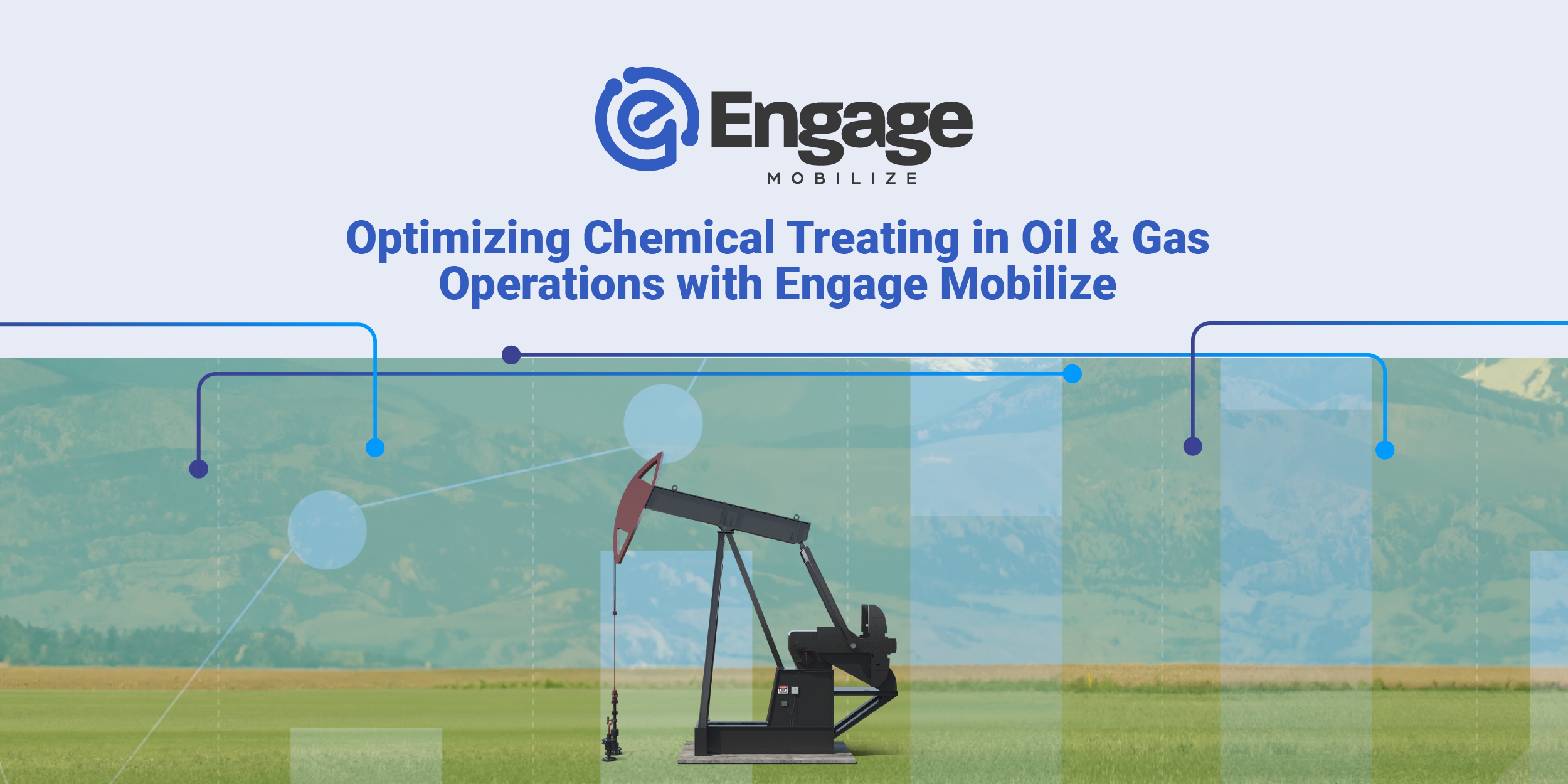
Chemical Inventory Management for Oil & Gas Operations with Engage Mobilize
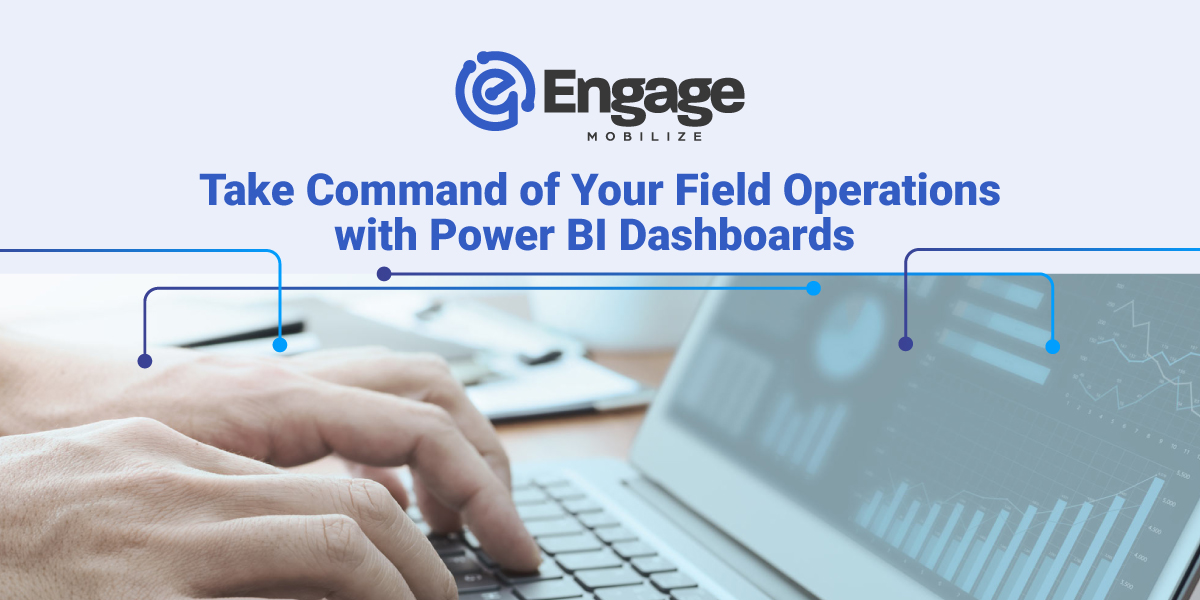
Visualizing Success: Gaining Insight over Field Operations with the Engage Mobilize Power BI Dashboard
